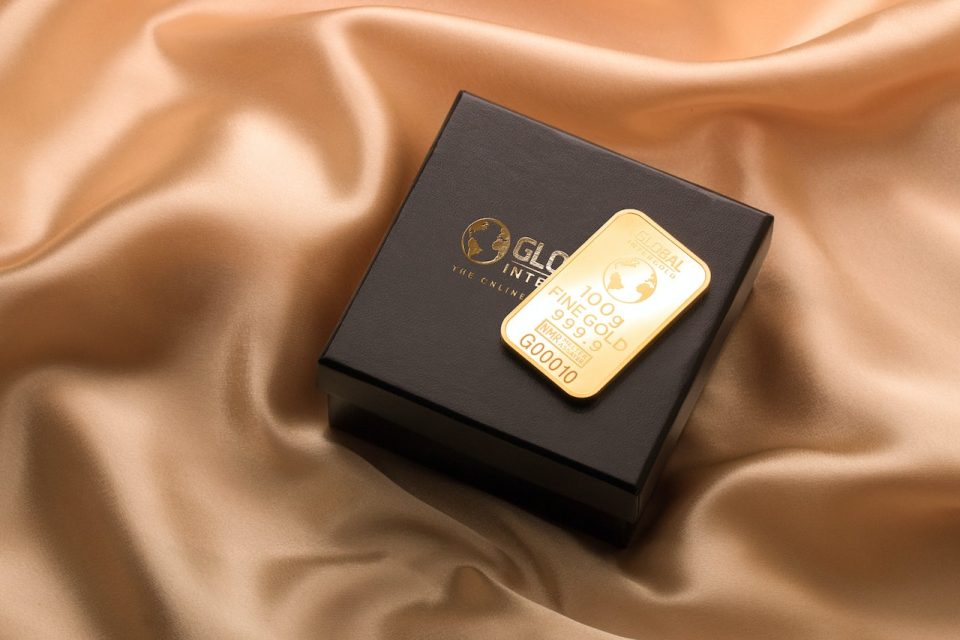In the wake of intensifying geopolitical tensions in the Middle East, Gold futures (GC=F) saw a surge to their highest point since July on Wednesday, reaffirming the precious metal’s status as a favored safe-haven asset for investors navigating periods of uncertainty.
DataTrek Co-Founder Jessica Rabe underscored this trend in a note released on Monday, asserting that, “Gold should have some near-term momentum as geopolitical tensions in the Middle East persist.” However, Lee Munson, Chief Investment Officer at Portfolio Wealth Advisors, offered a dissenting perspective, expressing reservations about how much further the asset’s value could ascend.
Munson contended that, given the current high-rate environment where investors can secure approximately 5% on Treasury yields, gold does not represent a compelling buy. He posited that gold only emerges as an attractive option when “real” interest rates, adjusted for inflation, dip into negative territory—an occurrence not reflected in the present economic landscape.
Anticipating potential future scenarios, Munson suggested that if inflation experiences an uptick, the Federal Reserve may opt to raise rates, a move that could potentially prompt a decline in stock values and an upswing in Treasury yields. This, in turn, might dissuade investors from retaining their holdings in gold. Munson explained, “They’re going to sell all the gold to buy stock, they’re going sell all their gold to buy five and quarter 30 year [treasuries].”
While the prevailing volatility in the Middle East continues to exert upward pressure on gold prices in the short term, market observers caution that investors would be wise to monitor shifts in the rate and inflation environment. Such changes may prompt a reallocation of gold holdings in the near future.
Gold, a time-honored commodity, has consistently assumed the role of a safe-haven asset during periods of economic turbulence and geopolitical unrest. Recent surge in gold prices occurred during the market turmoil triggered by the pandemic in the spring of 2020 and at the outset of the Russia-Ukraine conflict in early 2022. The current events unfolding in the Middle East serve as a poignant reminder of the value gold may bring to investors’ portfolios during times of geopolitical strife.
In conclusion, the surge in gold futures reflects a resounding affirmation of the metal’s enduring status as a bastion of stability amid escalating geopolitical tensions. These factors may potentially steer investors toward alternative avenues for investment opportunities.
Source: Yahoo Finance

